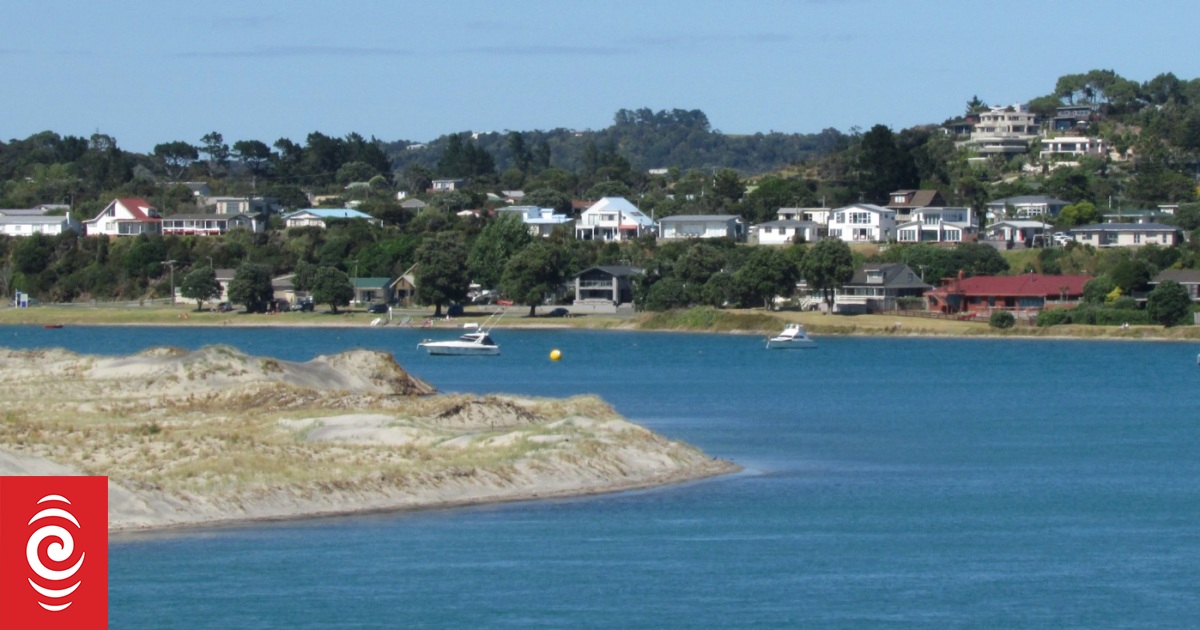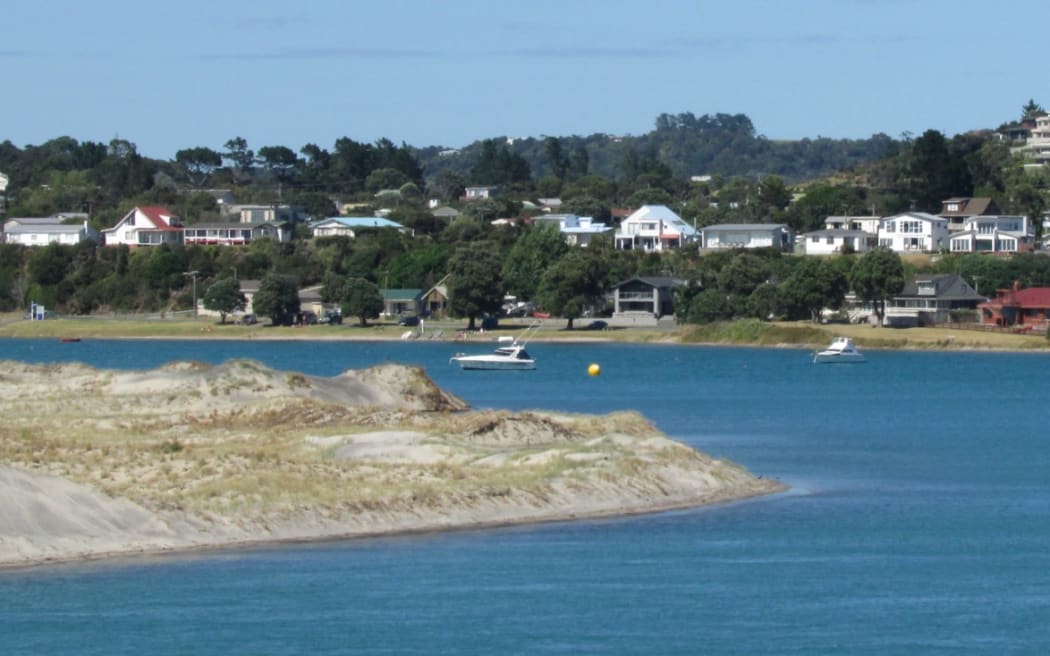
The multimillion dollar cost of an upgraded Mangawhai wastewater scheme could be significant for the Kaipara District Council. About 23,000 people lived in the district in 2018
Photo: Flickr user Sids1 / CC BY 2.0
More than $22 million has been shaved off plans for a controversial wastewater scheme that would see Mangawhai sewage redirected into a golf course.
Just 136 connections are left before the existing 13-year-old Mangawhai community wastewater scheme (MWWS) reaches its 3000-connection capacity, next year.
The new $68m plan would be spread over more than two decades and eventually boost the scheme capacity by almost 70 percent, to 5000 connections. It updates earlier plans for a $90.5m spend over 10 years.
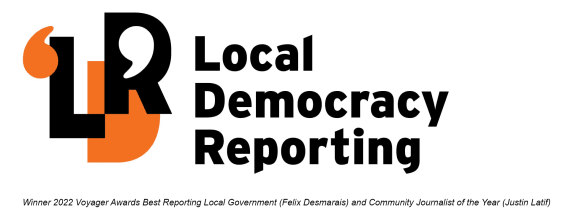
In phase one of the new plan, $3.5m would be spent almost immediately on installing technology to increase wastewater processing capacity before December.
Kaipara District Council (KDC) infrastructure services manager Anin Nama said the plant’s wastewater treatment improvements would use technology similar to what Auckland’s Watercare was already using.
As part of phase one, the plant’s new holding tank would be turned into a third sewage treatment unit, he said. And there would be more preparation for discharging the plant’s treated effluent onto the Mangawhai golf course via the sub-surface, rather than an above ground irrigation option.
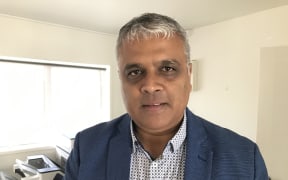
Kaipara District Council infrastructure general manager Anin Nama
Photo: Local Democracy Reporting/ Susan Botting
He said the goal was to use the golf course as the scheme’s main discharge option, rather than the Brown Road farm, which would instead become a backup.
The planned upgrade would include $15m spent on Brown Road farm.
Nama said the council was using a team of multi-disciplinary experts in wastewater treatment, subsurface irrigation and construction cost estimation whose members had worked in New Zealand, Australia and the Asia-Pacific area.
They had taken another look at a December 2022 strategy that had required $90.5m to be spent on the expansion over 10 years.
“The peer review has been conducted by leading experts in wastewater treatment and effluent reuse” Nama said.
The peer review team was asked to confirm the lowest cost pathway for MWWS to meet forecast demand growth and enhanced treated effluent disposal to the Mangawhai golf course.
Nama said he was aware of MWWS’s history. That was why one of the peer review team brought in was an expert on construction cost estimating, to ensure the indicated figures were reliable.

Rapid growth is challenging Mangawhai’s wastewater infrastructure.
Photo: Local Democracy Reporting/ Northern Advocate
The review team updated KDC on progress at a council briefing meeting in Mangawhai on Wednesday 5 April and outlined the preferred option and timelines.
Nama said a report based on their work would next be presented to the council in June. The council would then likely make a formal decision on the first phase before the end of the year.
Local Democracy Reporting asked Nama whether Kaipara ratepayers would pay for the new Mangawhai expansion.
He said the council would look at options to fund the first phase and immediately address the scheme’s looming capacity limit, which could include borrowing.
What does the government’s Three Waters/ Entity A plan mean for the Mangawhai scheme?
The planned MWWS expansion comes on the cusp of a potential July 2024 transition to the new country-wide Three Waters governance and management system.
The national plan would see the helming of more than a billion dollars of Kaipara and Northland drinking water, wastewater and stormwater assets – and debt – shifted from three district councils to the new water service organisation known as Entity A. It would also include Auckland Council’s community-controlled organisation Watercare.
A shift to Entity A would potentially mean the cost of Mangawhai’s $68m extension was spread across 1.8 million people, rather than being borne by KDC ratepayers. StatsNZ census figures showed almost 23,000 people lived in the Kaipara District in 2018.
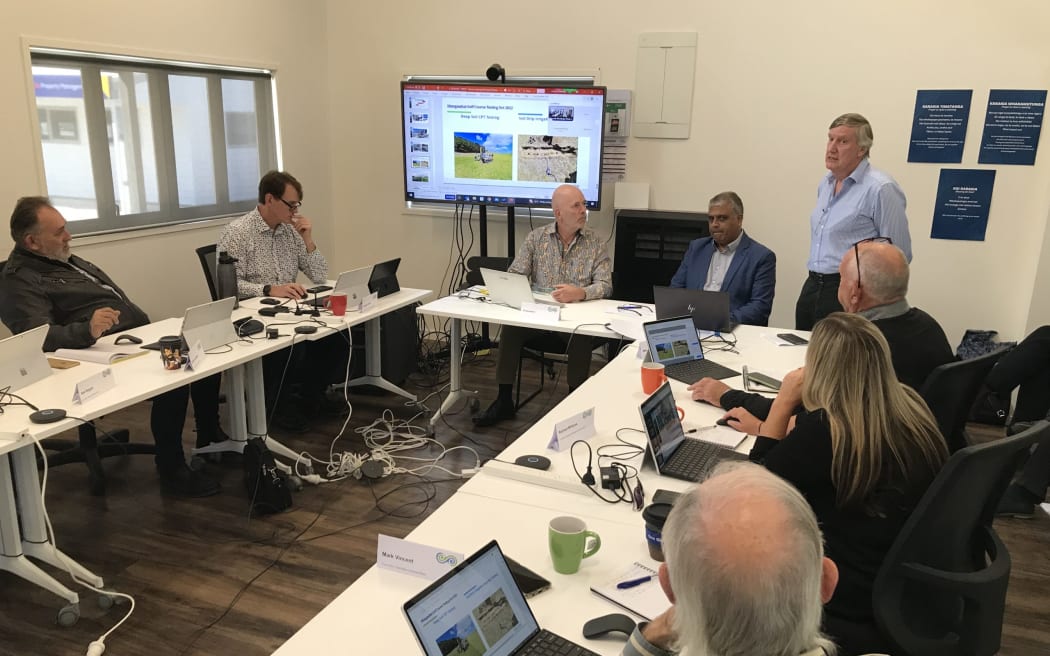
Mangawhai’s future wastewater scheme upgrade was outlined to Kaipara District Council on 5 April by wastewater irrigation specialist Peter Gearing (standing) and council infrastructure leader Anin Nama (top row, centre).
Photo: Local Democracy Reporting/ Susan Botting
New Entity A chief executive Jon Lamonte addressed Kaipara District Council in Mangawhai on Wednesday, ahead of the briefing meeting. Lamonte was previously chief executive of Watercare and was appointed by the government to his new role in February.
Nama said necessary planning for funding and work on the project’s further phases was done taking account of the transition to Entity A.
The expansion’s second phase would include $20m to boost the wastewater treatment plant’s filtering performance to produce A-grade treated effluent, and $7m to set up the golf course for the effluent discharge.
The plans pegged the second phase to begin in 2028.
Miry history of Mangawhai wastewater scheme
The long and tortured history of the Mangawhai wastewater scheme has been mired in controversy since the need for a reticulated treatment plant became a significant issue for KDC in 1996, after septic tanks started polluting Mangawhai Harbour.
Mangawhai ratepayers were initially told the sewerage scheme would cost no more than $10.8m when it was announced in 2003. That went up to $37m when construction started in 2009 and up to more than $60m by 2013.
In 2013, then-Auditor General Lyn Provost said in his report, following his inquiry into the scheme, that it had definitely been needed.
“Mangawhai needed a reticulated wastewater scheme, and it now has one that operates well. But that achievement has come at a significant cost,” Provost said.
Local Democracy Reporting is Public Interest Journalism funded through NZ On Air

